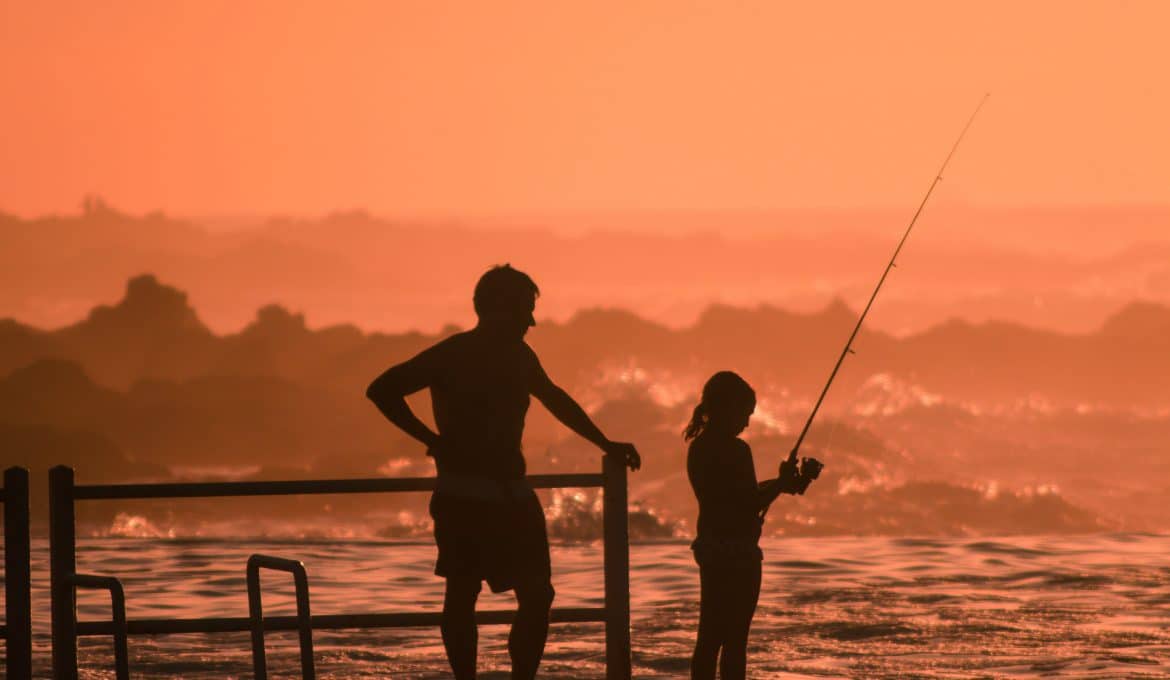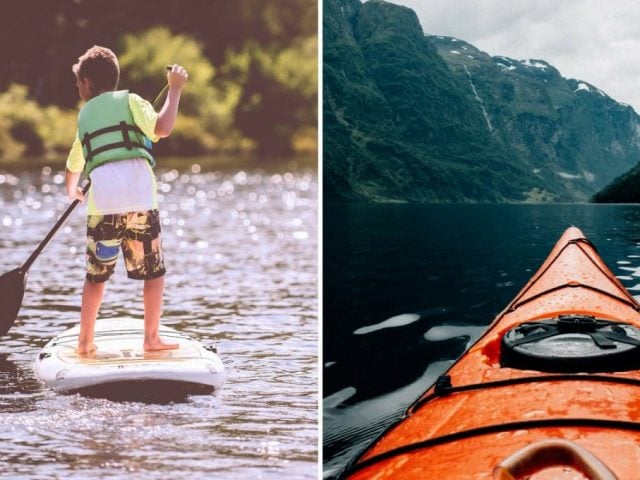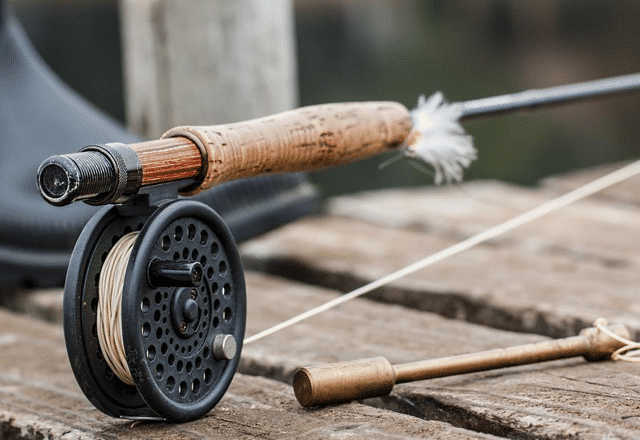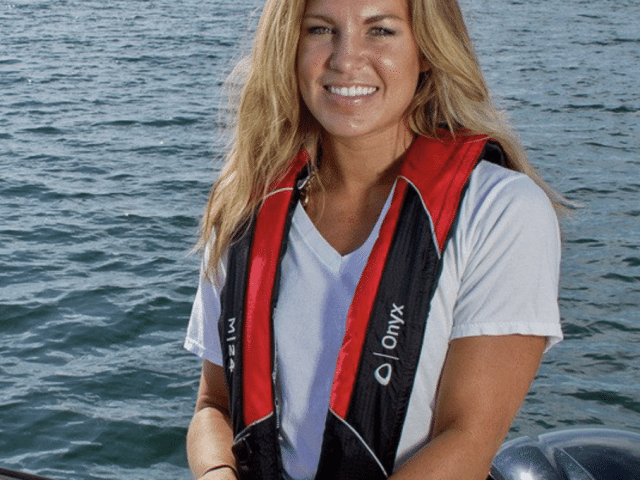I have fond memories of shore fishing as a child, and that is how most of us learned to love the sport. We went out on a nice warm summer morning with our little push button rod and some worms, and we had a great time whether we caught something or not.
As we get older, we strive to catch more fish, and we want to make the most of our time. If you don’t have a boat or access to a large enough body of water, there’s nothing wrong with casting from the shore. If you know what you’re doing, bank fishing can be more successful than fishing from the boat. It teaches you to discipline and patience, but there are definitely a few ways to hack the system and get the most out of your experience.
1. Shore Fishing 101: Fish far from the edge of the water
One of the most important things I can think of when it comes to bank fishing is remembering that the fish are smarter than you think. They can detect your movement and tell when something isn’t right, so you need to lay low, blend in with your surroundings and try not to make too much noise.
The best way to do this is to stay at least five feet from the edge of the water. If you cast a shadow on the water, you might spook the fish and cause them to scatter away from your area. This results in constantly changing locations and missing out on opportunities at every spot. If possible, find a nice clearing that’s free from too much vegetation, so you don’t get hung up and cast out there.
2. Bank Fishing: Cast parallel to the shore
The funny thing is, people, think you need a boat to have a successful trip but what do you do when you’re in the boat most of the time? You still fish the shore right? If you can find a lake that has a good amount of access around the entire body of water you can have a hugely successful outing if you cast parallel to the shore. All of the fish are hanging out in the shallow muddy areas because that is where all of their natural food lives. Bugs and surface plankton love to hang around murky and warm regions of the water, so you want to cast in these areas whenever possible.
3. Choosing a Lure: Mimic Their Natural Prey
Look around the shallow areas at what is sitting on top of the water. Look at the colors around you and everything in your surroundings to help decide what types of lures you should use. If you can closely mimic what the fish are eating in their natural habitat, you will automatically have better success. Use the season to your advantage as well; brighter colors are popular in the summer months when the fish are ornery and active, but when the water is cold their metabolism slows down, so they are less likely to attack the bright colors. During the cold water, months consider using a more neutral colored lure to catch bass and panfish.
In addition to the color, you also want to consider size, talk to other anglers on the shore and see if they’re having success with anything. Take a look at their catch if they have any and cater to what is biting. The weather also plays a role in what size lure you should use because when fish are active in the summer, their metabolism is high, so they eat a lot more, as a result, you should use larger lures in the summer. When their metabolism slows down, and they consume less, they may not want to chase something as large so use smaller lures in the winter months.
4. Shore Fishing Tricks: Pay Attention to Wind and Shade

Wind and shade will be your best or worst enemy for a couple of different reasons. Wind is your friend because it creates highly predictable areas on the water if you pay close attention. Take a look at how the wind is blowing the water because it will blow all of the ponds food sources to one section of the water, you can then cast in this area, and you should have no problem bringing in some decent sized fish.
Shade can help or hurt you based on the environment you’re fishing in. If it’s a hot day, you want to fish around shady areas like hanging trees because the bass will go there for shelter and cooler waters, but there is a fine line between when they will be there and when they won’t. The best time to fish shady areas is at dawn and dusk because this is when they are most actively seeking food, and you’ll have the best chances of reeling in a big one.
5. Choosing a Spot: Fish around vegetation

Any experienced angler will tell you that fishing around weeds, stumps, logs, trees, and pretty much any kind of hiding place will grant you a better opportunity to catch something. When you are fishing from the shore, these vegetated areas should be plentiful, so you want to cast as close to them as possible. Be careful when you’re reeling in, so you do not get hung up on anything and have to cut your line.
If you feel slightly adventurous, you could buy a set of waders and head out into the water just enough to cast in your desired area. Of course, this sometimes contradicts the goal of being quiet and sneaky, but it could be a trade-off for getting the perfect cast into a highly populated area.
6. Shore Fishing Tricks: Pack Light
When you’re fishing from the shore, you’ll most likely move around a lot more than you would in a boat, so you don’t want anything to hinder you from picking up and hitting another spot around the lake. Only bring what you need for the day, so you don’t give up early and head back because you’re tired of carrying your gear. What I like to do is only bring one lure for each situation and maybe some live bait if I think I’ll use it. Bring a top water spinner, a crank-bait, some plastic worms, and a jig or two. You should be able to carry all of these in a small tackle box, and with your rod, you’ll have no problem walking around the entire lake.
7. Shore Fishing 101: Be Patient
We’re always so quick to pack up and try another spot when we fish from the shore because we’re continually getting “shiny object syndrome,” we hit a dry spot, and we’re not having much luck but then we see a spot down the path and think, “that looks like a great area,” so we move there. Then we repeat this process for six hours and head home disappointed, but that doesn’t have to happen. Be patient and use everything you’ve read so far to decide whether or not you’re hitting the best spot on the lake.
Pay attention to the signs and ask anyone else fishing if they had success in a specific spot. I love talking to other anglers, and that’s a part of why I enjoy fishing the shore so much, it’s an excellent opportunity to get a feel for the lake and share stories with other enthusiasts.
8. Shore Fishing Tricks: If You’re Struggling, Try Test Casting
When you’re fishing from the shore, you can’t use a fish finder to help locate ideal areas under the water, so you need to use your judgment most of the time. Something I’ve perfected over the years and I’ve shared this with a lot of other anglers is the “test cast.”
I’ll throw a heavy 2-4 ounce weight on the line with a hook and nothing else, cast that out to certain areas around the lake to test them out and get a feel for what’s underneath. Rocky areas are ideal for catching bass, so if that’s your target fish and you feel your weight bouncing around off the rocks, you want to make a note of that and come back there in an hour after things settle down.
 9. Bank Fishing: Come back again
9. Bank Fishing: Come back again
Never give up on a pond or lake because you had a bad day. My dad and I used to fish so many different lakes within an hour of our home, and we’d get frustrated with a particular place and check it off our list for a while. A year or two later we’d head back and be completely blown away by the success of our trip, so it’s tough to predict whether or not a particular lake is going to give you what you want. You have to hit it again and again until you figure out which areas on the water will provide you with the best results.
Look up ponds and lakes in your local area and research to find out if they have a decent amount of shore fishing access. If they do, grab your rod and get out there because there are plenty of fish to be caught.




